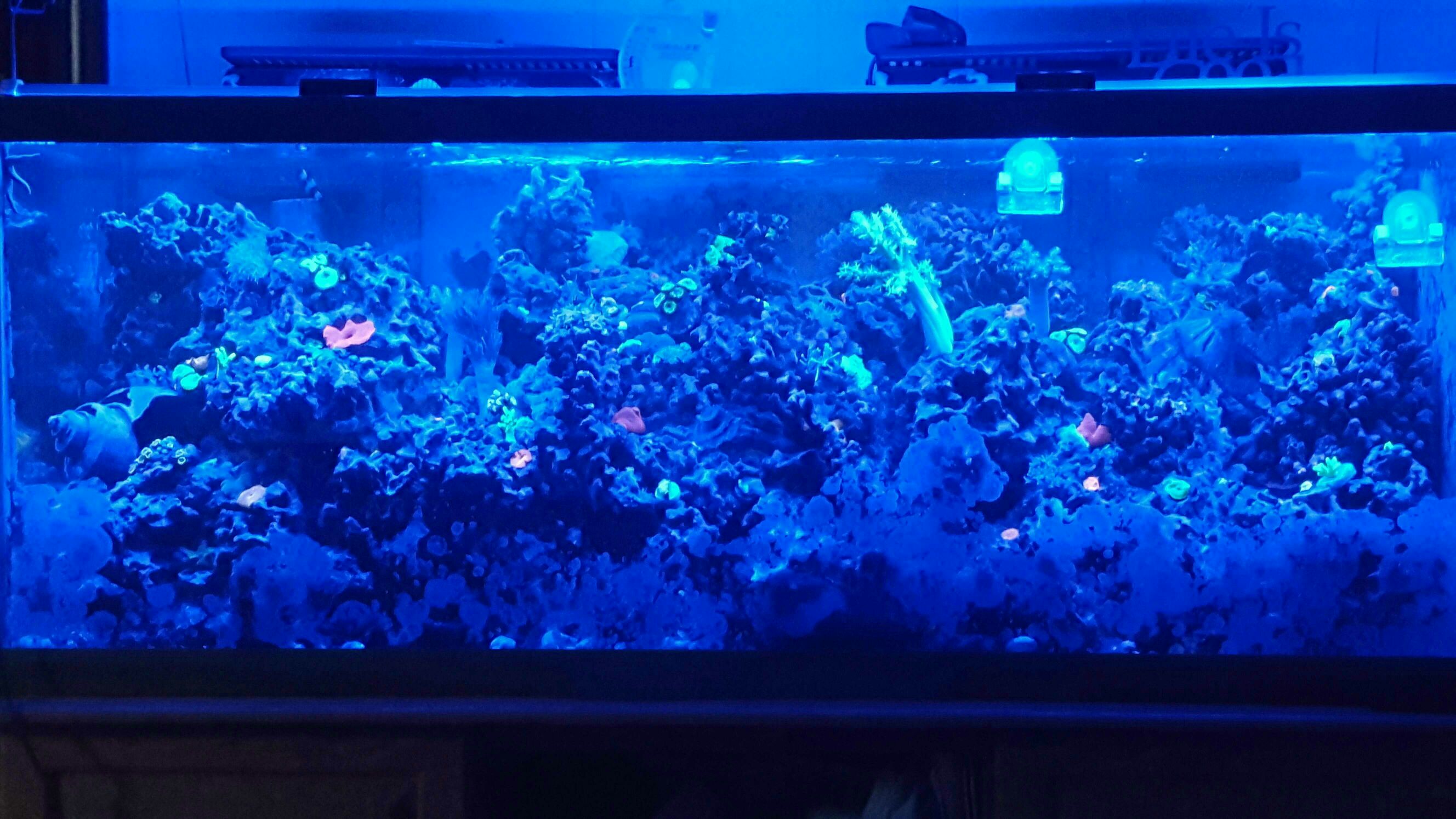- Joined
- May 13, 2017
- Messages
- 35
- Reaction score
- 34
Hi Everyone!
Although I have only recently become a member of R2R, I have been a hobbyist for quite some time and worked professionally in the industry for a handful of years. I haven't had a tank up for a number of years but am getting the inkling to start up again. My aim is not to have this devolve into a political debate, but would just like to get some input, feelings, and moral dilemmas from other hobbyist about the sustainability of the hobby and the ethics involved with taking creatures out of the ocean.
Are there any fully "aquacultured" tanks out there? Did you face any challenges?
What could we do better as an industry to help the world's natural reefs?
Thanks!
Although I have only recently become a member of R2R, I have been a hobbyist for quite some time and worked professionally in the industry for a handful of years. I haven't had a tank up for a number of years but am getting the inkling to start up again. My aim is not to have this devolve into a political debate, but would just like to get some input, feelings, and moral dilemmas from other hobbyist about the sustainability of the hobby and the ethics involved with taking creatures out of the ocean.
Are there any fully "aquacultured" tanks out there? Did you face any challenges?
What could we do better as an industry to help the world's natural reefs?
Thanks!
















